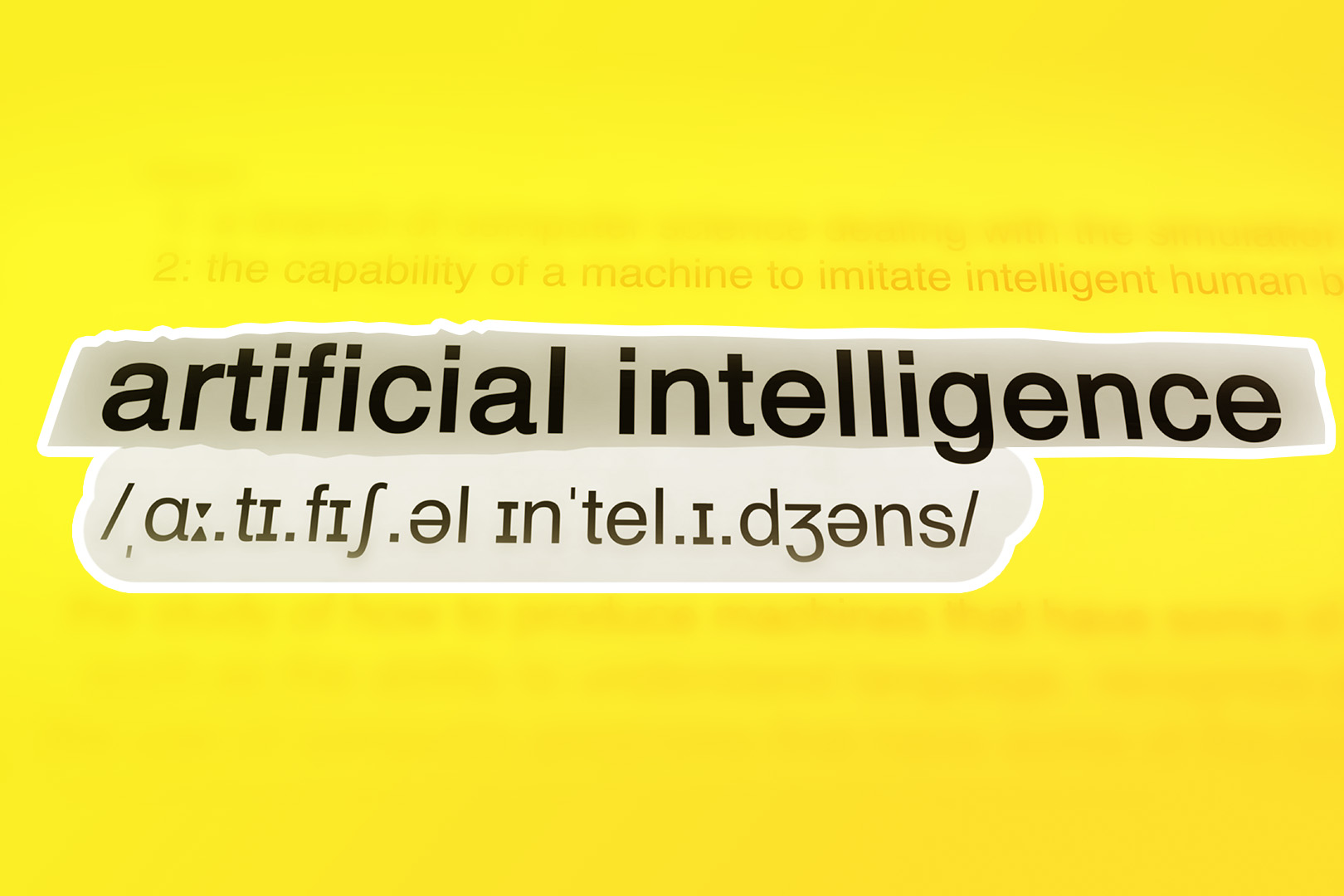When we ran our sales consultancy and sales outsourcing company, we did a lot of cold calling for Silicon Valley technology companies. One of our clients sold software directly to doctors. The main challenge we had with this was that doctors are really hard to reach.
So, we looked for ways to increase our reach rate. Our clients spent too much time every day listening to dial tones and then going to voice mail, and not enough time talking to doctors.
That's when we discovered predictive dialers.
A predictive dialer is a neat piece of technology that calls several phone numbers at the same time and drops the numbers that continually ring or go to voice mail. It seemed like autodialers were perfect for us—this technology was made to solve the exact problem we were struggling with.
Because our brilliant technical co-founders, Anthony and Thomas, are on our team, we were able to build our predictive dialer. The question was just: Should we build our own predictive dialer or not?
Close comes with a built-in predictive dialer, so you can reach more prospects in less time. Watch the video above and learn more about Close's predictive dialer here.
The feature was a gamechanger. It is the most powerful tool I've ever used as a salesperson.
- Justin Gold, Chief Revenue Officer at TrueVault
Is it Worth it?
But we still weren't exactly sure how much value a predictive dialer would bring us. Would it be worth spending our software engineering time creating the product to be able to dial several numbers simultaneously and only connect to a sales rep once an actual human being is picked up?
Like Zhuowei Zhang famously tweeted:
Never spend 6 minutes doing something by hand when you can spend 6 hours failing to automate it
So we hacked together a quick experiment to...
Test the Idea
We called a staffing agency and asked for more manpower. The next day, we had five temps in the office. We gave each one a headset and made them dial through a bunch of clinics and hospitals. Their job was just to dial the numbers and hang up when nobody picked up the phone or when it went to voice mail.
If someone picked up the phone, the temp would say, "Hey, my name is John Smith. I'm calling from XYZ. Can I talk to the doctor?" If the person on the other end of the line said yes, the temp would hand over the headset to the sales rep, who would then take the conversation from there.
So our office was filled with temps who were basically doing what a predictive dialer would normally do: dialing a lot of numbers at the same time and routing a call to a sales rep whenever a human being picked up the phone.

This was as chaotic as you probably imagine it, but it also yielded some precious data: our sales reps could speak with 3 to 4 times more doctors per day using this system.
Based on this data, we invested engineering time into building our own (non-human) predictive dialer.
IBM Did This Decades Ago
We later found out that this approach wasn't new at all. The "boring" corporate behemoth IBM did a similar experiment in the '80s when they had the idea of dictation software.
They wanted to validate their hypotheses about speech-to-text technology, but the technology to do this just didn't exist at the time.
Instead, they put an unwitting person in front of a microphone and a computer screen and told him to say something into the microphone.
When the person spoke, he saw his words on the screen, assuming that the computer did this.
In reality, the microphone signal went to another room, where a fast transcriptionist listened to the recordings and simply typed them into the computer.
So, IBM was hiring humans instead of building technology around 35 years before we did this.
Are You Considering a New Technology?
Imperfect experiments are a lot better than refined theories. Whenever you have an idea you believe could move the needle, devise an experiment that you can sprint to see if the idea stands a reality check.
Don't spend a lot of time looking at different vendors, comparing things, purchasing, and implementing technology. Don't spend hours, days, or weeks discussing and pondering different options. Hack together a quick test, look at the data you get, and then make an informed decision.
And if you're wondering whether reaching more prospects could help your business grow, you don't need to call that staffing agency anymore. You can sign up for a free trial of Close, import your leads, and make unlimited use of our predictive dialer for 14 days. It even comes with $5 worth of free calling credits.
If you want to keep using Close for longer than that, you'll have to input your credit card number at the end of your trial. If you decide it's not for you, there's nothing you need to do—the trial will automatically end.
Here's what some of our customers are saying about the predictive dialer and the impact it has on their business:
We saw a 60% increase in efficiency across the team.
- Sarah Haselkorn, Director of Sales Operations at MakeSpace
The predictive dialer has allowed the SDR team to really crank up the speed and make sure we're delivering outbound messaging on time even if there's 5X the amount of people that need a call today.
- Adam Garcia, Sales Manager at GetAround
This feature would allow us to literally multiply the amount of people we could hit.
- Joshua Waller, Head of Sales at BlueStar Sports
Want to discover how Close's predictive dialer can help your business succeed? You can try it totally free for 14 days.












